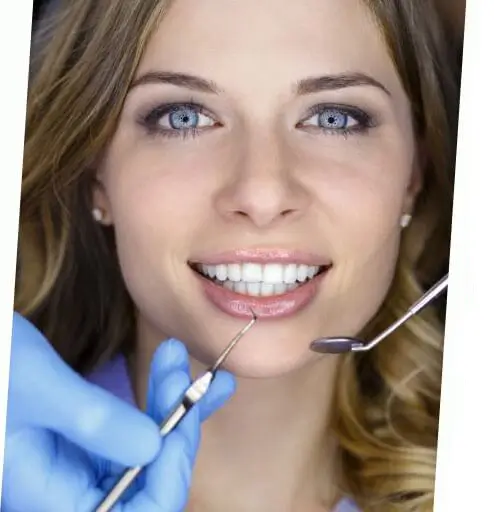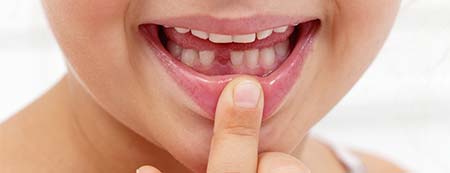Cosmetic Dentistry
Cosmetic Dentistry
At Molloy Dental we know that your smile is a big part of the first impression you make on the people around you, so like you, we want that smile to be bright, white and healthy. Research tells us that 99% of adults believe that a smile is important for all social situations. These are part of the reasons that our patients are choosing cosmetic dental procedures to improve their smiles and boost their self-confidence.
Cosmetic dentistry is more than just teeth whitening, at Molloy Dental we are also capable of transforming your smile’s shape, colour, alignment, as well as filling in gaps and discreetly restoring decayed or damaged teeth with tooth-coloured fillings. Modern advancements in dentistry have made it possible for patients to achieve nearly perfect teeth with cosmetic enhancements and restorations that are virtually undetectable to your friends and family.


There are many elements that make up the ‘perfect’ smile, some you might already be aware of, such as symmetry and the ideal shape and size of teeth. However, at Molloy Dental we have a check list of factors to consider when designing your new smile:
- Smile Symmetry – Does the left and right hand sides of your smile match?
- Shape and Size of Teeth – Do all the teeth match in proportion to each other?
- Gum Levels – Are the gums receding or all at different heights?
- Angle of Teeth – Which surface of the tooth are you looking at, would it look better at a different angle?
- Spaces between Teeth – Are the gaps caused by missing teeth or by gums shrinking?
- Reflection of Light and Translucency – Does the colour need to be modified?
- ‘Dark Corridors’ at the side of the mouth – Is the arch of your teeth too narrow and could braces widen this?
- Lip Posture – how much tooth you show when smiling and at rest – Even if the teeth look good, do the lips let them down?
Crowns
Crowns are used to replace a missing portion of your own tooth or to strengthen very heavily filled weak teeth. The crown caps a tooth in order to restore or improve the strength, shape and appearance of the tooth.
Dental crowns cover the entire visible surface of your affected tooth and are custom designed to look like your natural teeth. Here at Molloy Dental we only use the highest quality materials and specialised laboratories in our crown fabrication.


Veneers
A veneer is made of porcelain and is bonded onto the front surface of your existing tooth. Each piece of porcelain is bespoke for every different one of your teeth and can be used to correct small misalignments, close gaps, change shape and the colour of teeth. Regular brushing and flossing as well as regular dental check-ups will ensure that the veneers last as long as possible. Generally the veneers are completed over two appointments.
At the first stage the teeth are prepared and an impression is taken of the teeth. This impression is sent to a dental laboratory where the veneers are constructed. The next appointment is approximately two weeks later. At this stage the provisional veneers are removed and the permanent veneers are cemented into place. Occasionally a less invasive type of veneer can be constructed in the surgery in one appointment using dental composite, this is commonly used where very small adjustments to a tooth are required.
Dental Bridges
A bridge may be the correct choice if you’re missing one or more teeth. Gaps left by missing teeth eventually cause the remaining teeth to rotate or shift, resulting in a bad bite where the remaining teeth have drifted into these spaces. The imbalance caused by missing teeth will generally lead to gum disease and temporomandibular joint disorders (TMJ).
Bridges are commonly used to replace one or more missing teeth. They cross the space where the teeth are missing. Bridges are cemented to the natural teeth or implants surrounding the empty space, the materials we use will be matched to the colour of your natural teeth.
The most important step you can take to ensure the longevity of your crown or bridge is to practice good oral hygiene. A bridge can lose its support if the teeth or bone holding it in place are damaged by dental decay and disease. The best thing for good oral health and longevity of dental restorations is to brush with fluoride toothpaste twice a day and floss daily. Also we recommend that you would see our dentists and hygienists regularly for check-ups and professional cleanings.
Obviously at Molloy Dental we will help you decide the most appropriate treatment based on the location of the missing tooth, aesthetic considerations and cost.


Teeth Whitening
At Molloy Dental teeth whitening procedures are used to brighten the appearance of your smile – sometimes by as many as 5 to 10 shades with a single course of whitening. In comparison to over-the-counter teeth whitening treatments, professional whitening uses stronger whitening agents that deliver faster, safer and more effective results. In the EU it is illegal for whitening treatment to be prescribed or carried out by anyone other than a registered dental professional.
The whitening agent penetrates the enamel and whitens the tooth below the outer surface by an oxidation reaction. You may be a candidate for professional teeth whitening, if you have discoloration, but otherwise have healthy teeth and healthy gums. Teeth naturally darken as we age, furthermore, certain foods, beverages, medications and habits can contribute to a darker, yellowed, or stained smile.
We will take impressions of your discoloured teeth and construct a bespoke gum shield and provide an at-home whitening kit. You then use this at home which allows you to dictate the level of whiteness that you want to achieve.
Missing Teeth
There are many reasons that missing teeth are replaced, changing our appearance is one. Alleviating the strain put on the teeth either side of missing tooth, is another reason that Dentists like to replace teeth. When teeth are lost, in the gap left behind, the two teeth either side can lean in and affect the way that our teeth meet and bite together, also creating spaces that are difficult to keep clean. This can then lead to food getting packed into the gap, which causes tooth decay and gum disease.


How are missing teeth replaced?
The best solution to replace missing teeth is multi-factorial and it will depend on the number of teeth missing, the condition of the teeth left and on where they are in your mouth.
There are three main ways to replace missing teeth. The first is with a removable false tooth (or teeth) – called a partial denture. The second is with a fixed bridge. A bridge is used rather than a denture when there are fewer teeth to replace, or when the missing teeth are only on one side of the mouth, also it provides you with a permanent non-removable solution that is far preferable to any denture. The third way is by the use of dental ‘implants’. This is where an artificial root is placed into the bone of the jaw and a crown or bridge placed on top of this.
